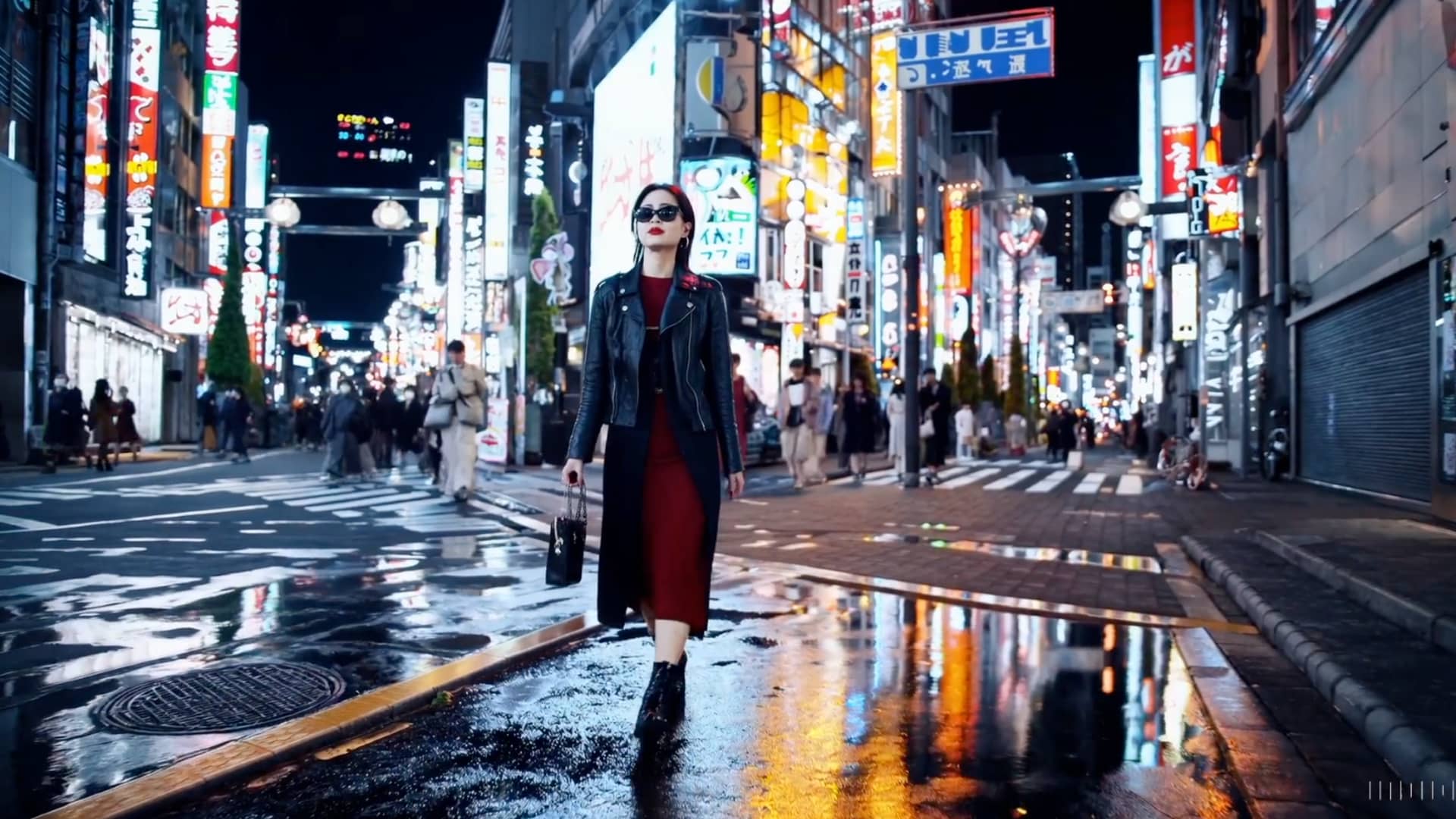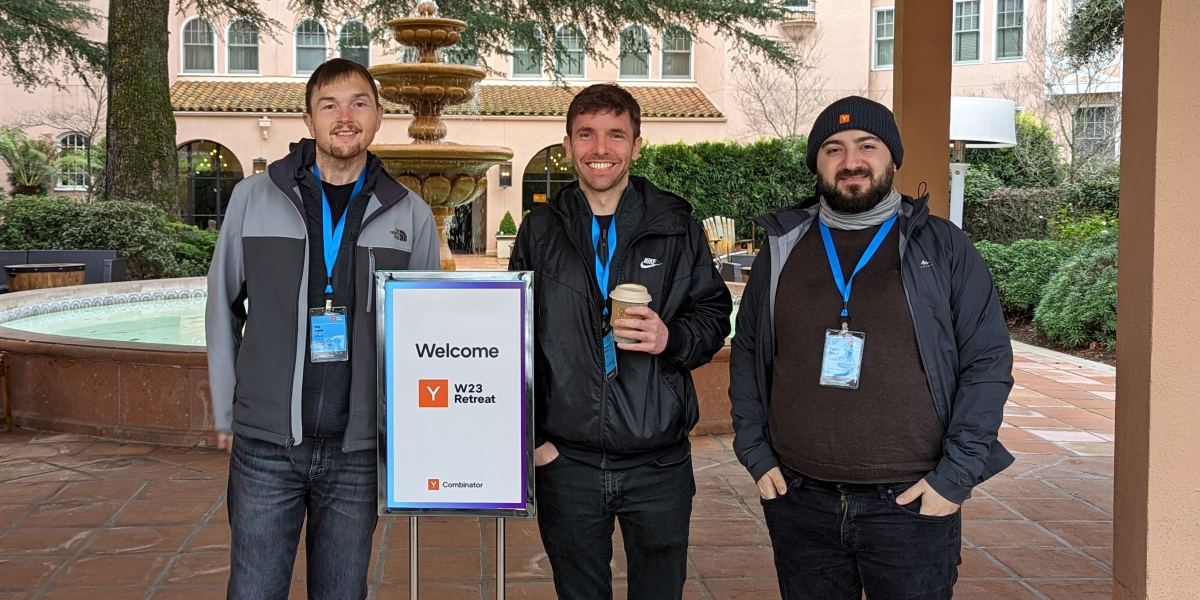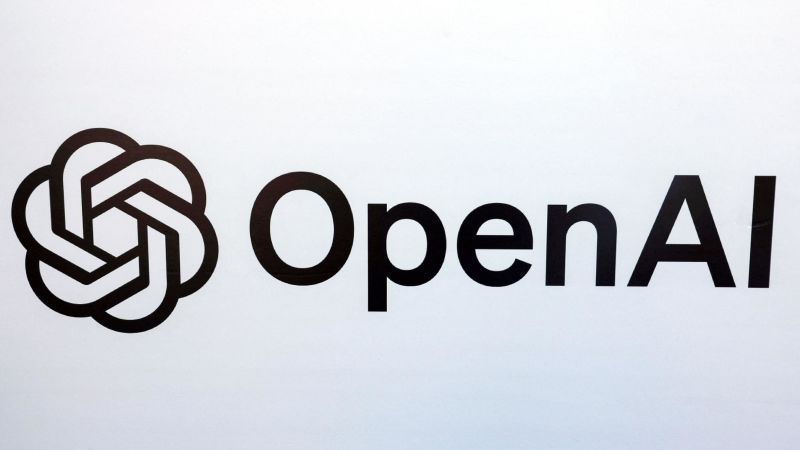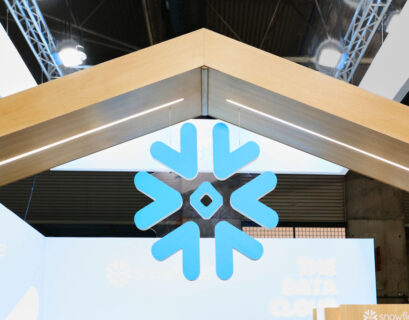- On Thursday, OpenAI made a significant announcement, revealing its expansion into video-generation AI with the introduction of the new model named Sora.
- Sora enables users to input a desired scene, which it then transforms into a high-definition video clip, marking OpenAI’s venture beyond text and images.
- The emergence of AI-generated videos poses challenges for platforms grappling with misinformation, particularly amidst impending crucial global elections.
OpenAI, recognized for the success of ChatGPT in recent times, is now delving into the realm of video content with its innovative artificial intelligence technology.
The unveiling of Sora, the latest generative AI model by OpenAI, mirrors the functionality of the company’s image-generation tool, DALL-E. Users can describe a scene, and Sora will produce a high-definition video clip accordingly. Moreover, Sora has the capability to create video clips based on static images, as well as extend existing videos or fill in missing frames.
As chatbots and image generators have already permeated the consumer and business landscapes, video content appears to be the next frontier for generative AI. While this advancement excites AI enthusiasts with its creative possibilities, it also raises concerns about misinformation, especially with significant political events on the horizon globally. According to data from Clarity, a machine learning firm, there has been a 900% surge in AI-generated deepfakes year-over-year.
In a bid to rival video-generation AI tools from industry giants like Meta and Google, who recently introduced Lumiere, OpenAI has introduced Sora. Other players in the market include startups like Stability AI, offering Stable Video Diffusion, and Amazon with its Create with Alexa model specialized in generating prompt-based short-form animated children’s content.
At present, Sora is limited to producing videos of one minute or less in duration. With the backing of Microsoft, OpenAI aims to achieve multimodality by combining text, image, and video generation in its quest to provide a comprehensive suite of AI models.
OpenAI’s COO, Brad Lightcap, emphasized the importance of multimodal capabilities, stating, “The world is multimodal.” He highlighted the need to expand beyond text and code as singular interfaces, recognizing the vast potential of these advanced models in processing and interacting with the world.
Sora has undergone testing by a select group of safety testers, known as “red teamers,” who assess the model for vulnerabilities related to misinformation and bias. While only a few sample clips are currently available on OpenAI’s website, the company plans to release a technical paper alongside further demonstrations later today.
In a proactive measure, OpenAI is developing a “detection classifier” to distinguish Sora-generated video clips and intends to incorporate specific metadata in its output to facilitate the identification of AI-generated content. This aligns with Meta’s strategy to leverage metadata for identifying AI-generated images during the upcoming election season.
Utilizing the Transformer architecture introduced by Google researchers in 2017, Sora operates as a diffusion AI model, akin to ChatGPT, laying the groundwork for models capable of comprehending and simulating real-world scenarios, as outlined in OpenAI’s announcement.










